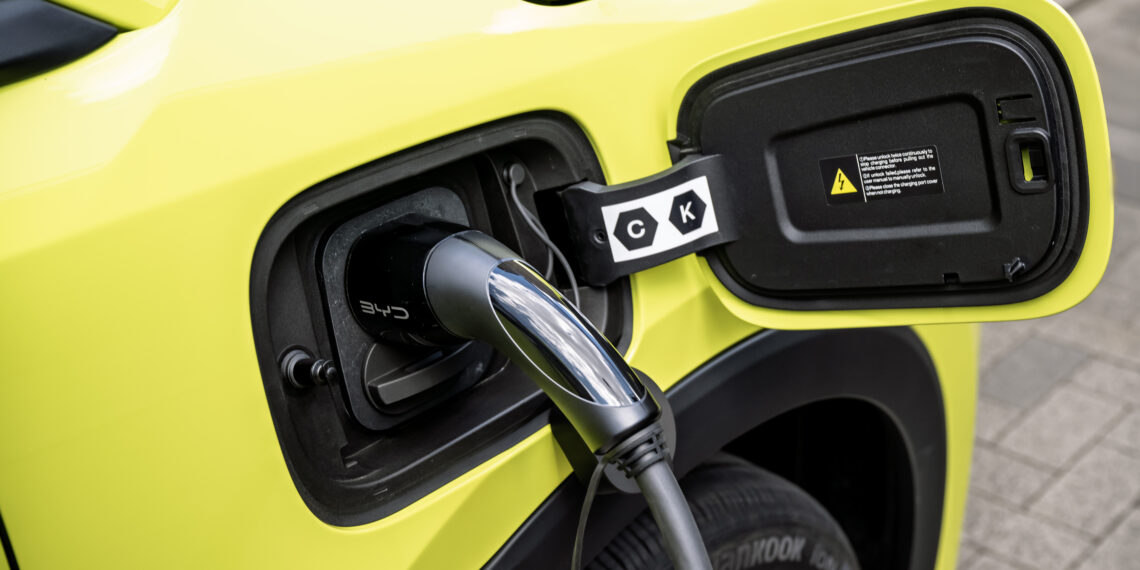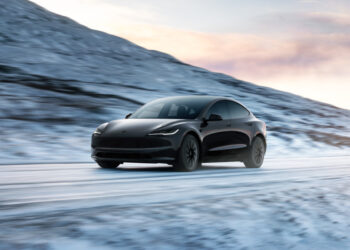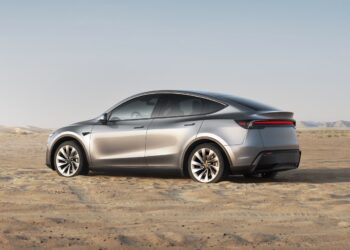According to the agency Reuters, which cites market research conducted by the British consultancy Rho Motion, sales of electrified vehicles grew by 23% globally in October, reaching just under 1.9 million units. The same source highlights that the main contributors to this increase were the Chinese and European markets, where demand has been robust, thanks, among other factors, to the incentives and benefits granted to this type of vehicle, the increasingly comprehensive charging infrastructure, and the rapid pace of new model launches in this field.
In contrast, in the U.S., the second largest automotive market in the world, sales recorded a sharp decline during the same period, primarily due to the removal of such incentives and benefits, both at the federal and state levels, along with the high interest rates applied to credit, and the prices still considered high by a significant portion of consumers for many of the 100% electric and plug-in hybrid models available in that country. Thus, conditions are set for a widening gap between markets that are moving more quickly towards electrification, and those that are stagnating or regressing in this area, due to a less favorable economic and/or political environment.
In detail, Europe recorded a 36% growth in electrified vehicle sales in October, corresponding to 372,786 cars, with Germany, France, and the United Kingdom continuing to lead the Top 3 in sales. It is anticipated that demand will only continue to increase as the European Union approves new local battery production projects. For its part, China remains the country that sells the most cars in absolute terms, and also in terms of electrified vehicles, with around 1.3 million units registered in October. Analysts emphasize that the increasing proximity between the prices of combustion engine cars and electrified ones has been crucial for this result, making the latter significantly more accessible to consumers than in other regions.
In turn, in the North American market, sales of electrified vehicles fell by no less than 41% in October, to 100,370 units, following the records set in the previous two months. This drop is primarily justified by the end of the $7,500 tax credit (about €6,500) that the federal government provided for many cars of this kind – demonstrating how, in that country as well, demand is heavily dependent on benefits and incentives. Experts in the automotive sector also highlight that the majority of American consumers have little inclination to choose electrified vehicles when they continue to be significantly more expensive than their counterparts powered by combustion engines.









